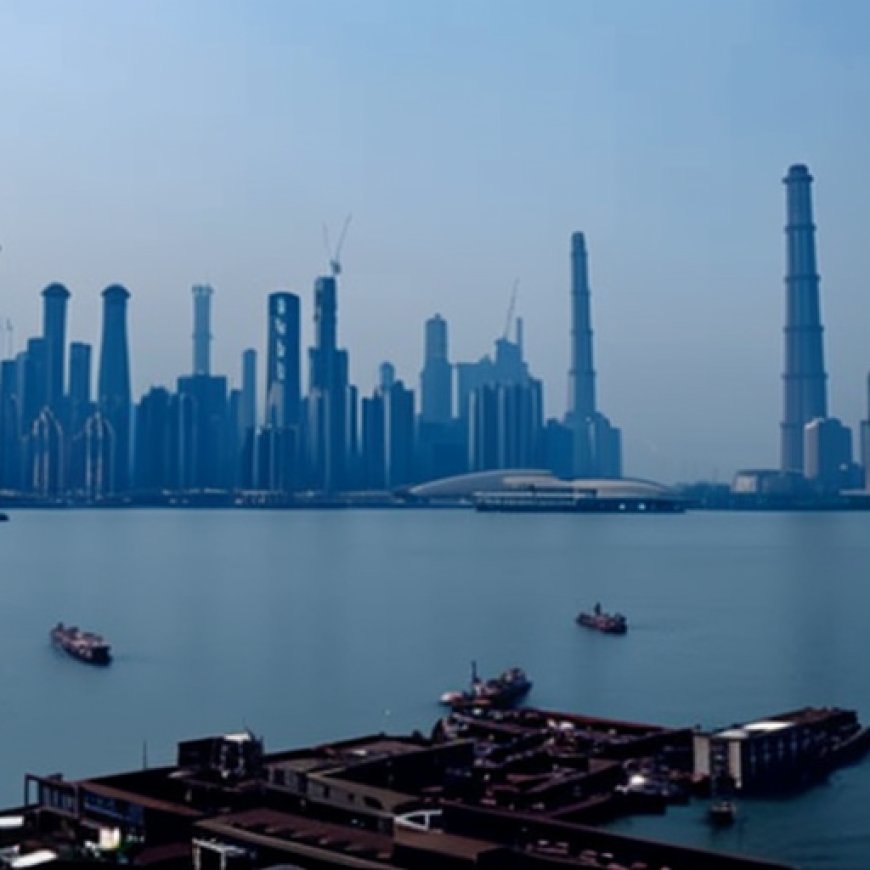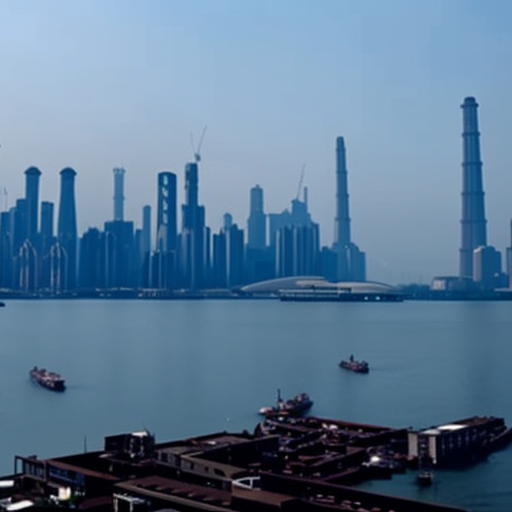The world’s 100 worst polluted cities are in Asia — and 83 of them are in just one country | CNN
The world’s 100 worst polluted cities are in Asia — and 83 of them are in just one country CNN


A global problem
IQAir found that 92.5% of the 7,812 locations in 134 countries, regions, and territories where it analyzed average air quality last year exceeded WHO’s PM2.5 guidelines.
Only 10 countries and territories had “healthy” air quality: Finland, Estonia, Puerto Rico, Australia, New Zealand, Bermuda, Grenada, Iceland, Mauritius and French Polynesia.
Millions of people die each year from air pollution-related health issues. Air pollution from fossil fuels is killing 5.1 million people worldwide every year, according to a study published in the BMJ in November. Meanwhile, WHO says 6.7 million people die annually from the combined effects of ambient and household air pollution.
Regional rankings
North America was badly affected by wildfires that raged in Canada from May to October last year. In May, the monthly average of air pollution in Alberta was nine times greater than the same month in 2022, the report found.
And for the first time, Canada surpassed the United States in the regional pollution rankings.
The wildfires also affected US cities such as Minneapolis and Detroit, where annual pollution averages rose by 30% to 50% compared to the previous year. The most polluted major US city in 2023 was Columbus, Ohio for the second year running. But major cities like Portland, Seattle and Los Angeles experienced significant drops in annual average pollution levels, the report said.
In Asia, however, pollution levels rebounded across much of the region.
China reversed a five-year trend of declining levels of pollution, the report found. Chinese cities used to dominate global rankings of the world’s worst air quality but a raft of clean air policies over the past decade has transformed things for the better.
A study last year had found the campaign meant the average Chinese citizen’s lifespan is now 2.2 years longer. But thick smog returned to Beijing last year, where citizens experienced a 14% increase in the annual average PM2.5 concentration, according to the IQAir report. China’s most polluted city, Hotan, was listed at 14 in the IQAir ranking.
In Southeast Asia, only the Philippines saw a drop in annual pollution levels compared to the previous year, the report found.
SDGs, Targets, and Indicators
SDGs Addressed:
- SDG 3: Good Health and Well-being
- SDG 11: Sustainable Cities and Communities
- SDG 13: Climate Action
Targets Identified:
- Target 3.9: By 2030, substantially reduce the number of deaths and illnesses from hazardous chemicals and air, water, and soil pollution and contamination.
- Target 11.6: By 2030, reduce the adverse per capita environmental impact of cities, including by paying special attention to air quality and municipal and other waste management.
- Target 13.2: Integrate climate change measures into national policies, strategies, and planning.
Indicators:
- Indicator for Target 3.9: Number of deaths and illnesses attributed to air pollution.
- Indicator for Target 11.6: Proportion of urban population living in areas where air quality meets WHO guidelines.
- Indicator for Target 13.2: Extent of integration of climate change measures into national policies, strategies, and planning.
Analysis
1. Which SDGs are addressed or connected to the issues highlighted in the article?
The issues highlighted in the article are connected to the following SDGs:
- SDG 3: Good Health and Well-being – The article discusses the health risks posed by air pollution.
- SDG 11: Sustainable Cities and Communities – The article focuses on the air quality in cities and the impact on communities.
- SDG 13: Climate Action – The article highlights the role of the climate crisis in influencing air pollution levels.
2. What specific targets under those SDGs can be identified based on the article’s content?
Based on the article’s content, the following targets can be identified:
- Target 3.9: By 2030, substantially reduce the number of deaths and illnesses from hazardous chemicals and air, water, and soil pollution and contamination.
- Target 11.6: By 2030, reduce the adverse per capita environmental impact of cities, including by paying special attention to air quality and municipal and other waste management.
- Target 13.2: Integrate climate change measures into national policies, strategies, and planning.
3. Are there any indicators mentioned or implied in the article that can be used to measure progress towards the identified targets?
Yes, there are indicators mentioned or implied in the article that can be used to measure progress towards the identified targets:
- Indicator for Target 3.9: Number of deaths and illnesses attributed to air pollution – The article mentions the health risks and deaths caused by air pollution.
- Indicator for Target 11.6: Proportion of urban population living in areas where air quality meets WHO guidelines – The article discusses cities exceeding WHO air quality guidelines.
- Indicator for Target 13.2: Extent of integration of climate change measures into national policies, strategies, and planning – The article highlights the role of the climate crisis in influencing air pollution levels.
Table: SDGs, Targets, and Indicators
| SDGs | Targets | Indicators |
|---|---|---|
| SDG 3: Good Health and Well-being | Target 3.9: By 2030, substantially reduce the number of deaths and illnesses from hazardous chemicals and air, water, and soil pollution and contamination. | Number of deaths and illnesses attributed to air pollution. |
| SDG 11: Sustainable Cities and Communities | Target 11.6: By 2030, reduce the adverse per capita environmental impact of cities, including by paying special attention to air quality and municipal and other waste management. | Proportion of urban population living in areas where air quality meets WHO guidelines. |
| SDG 13: Climate Action | Target 13.2: Integrate climate change measures into national policies, strategies, and planning. | Extent of integration of climate change measures into national policies, strategies, and planning. |
Behold! This splendid article springs forth from the wellspring of knowledge, shaped by a wondrous proprietary AI technology that delved into a vast ocean of data, illuminating the path towards the Sustainable Development Goals. Remember that all rights are reserved by SDG Investors LLC, empowering us to champion progress together.
Source: cnn.com

Join us, as fellow seekers of change, on a transformative journey at https://sdgtalks.ai/welcome, where you can become a member and actively contribute to shaping a brighter future.







